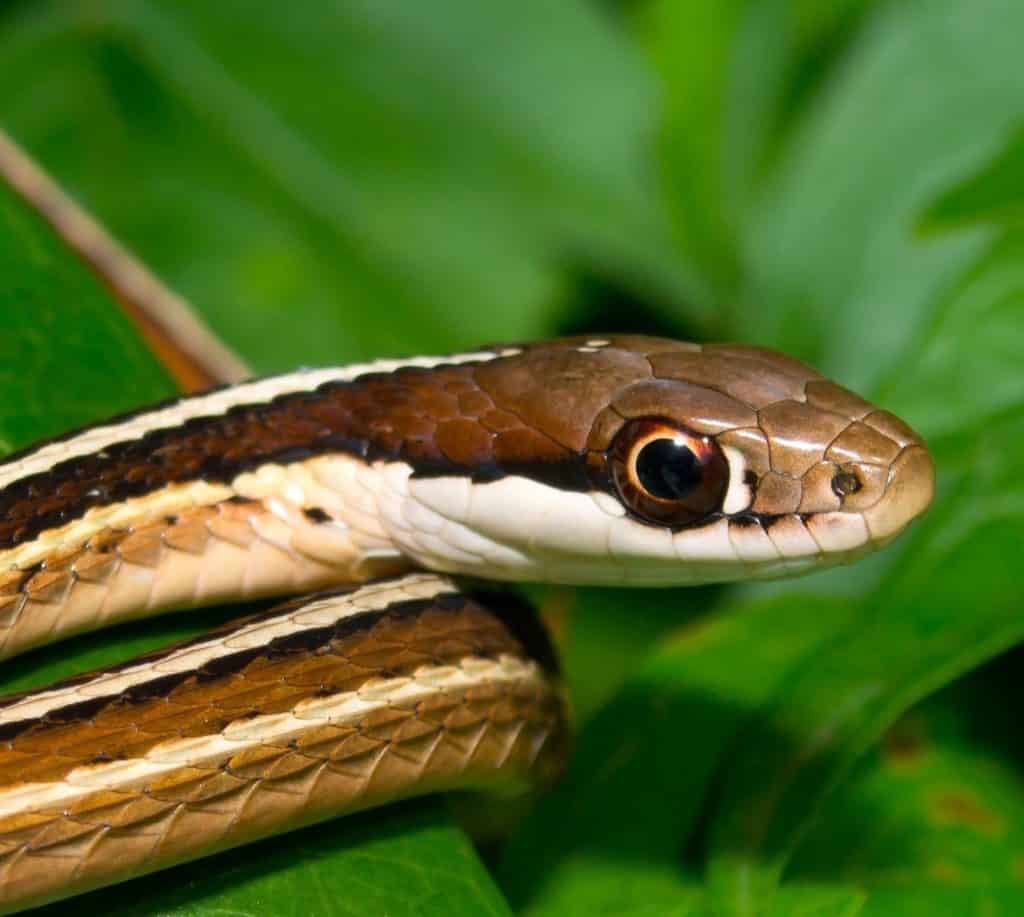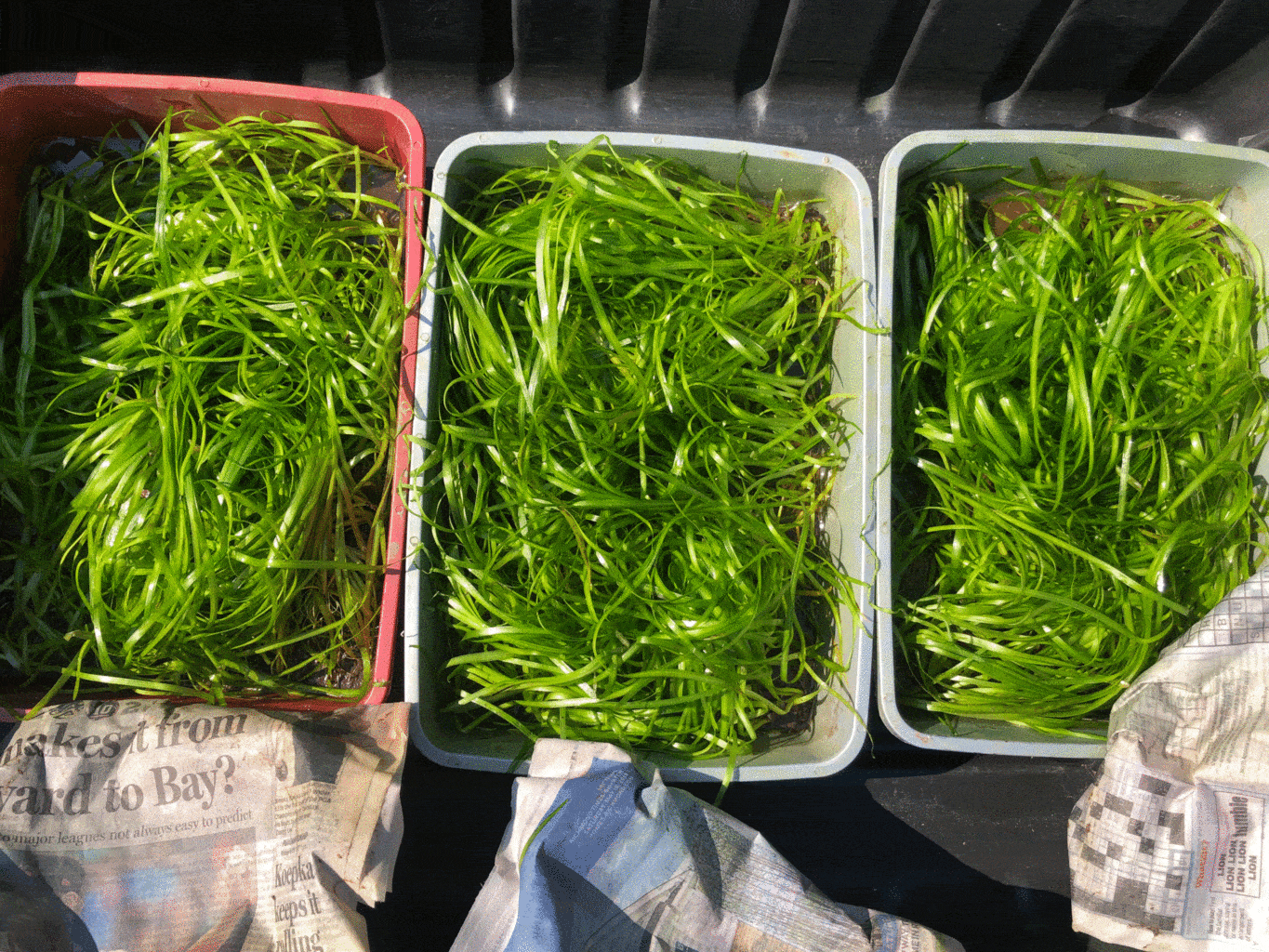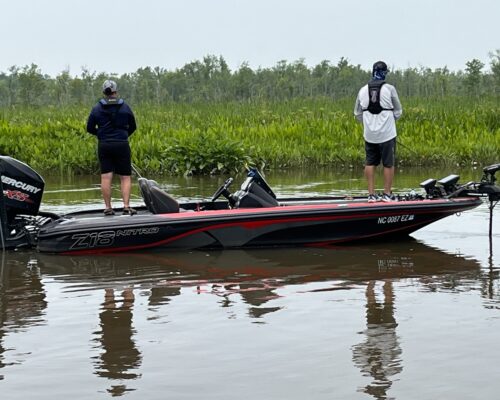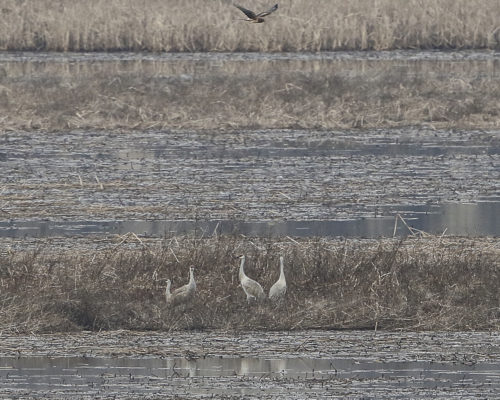Citizen scientists band together for the Maryland herp count
The eastern narrow-mouthed toad spends most of its time hiding. This plump, pointy-headed creature is about the size of a half-dollar, and it likes to burrow under dead vegetation so that only the top of its head is near the surface, the better to ambush ants that happen by. The species has been listed as endangered in Maryland since 1972.
Given its lifestyle and rarity, the odds of spotting this animal might seem slim. Yet, a group of volunteers recently found it in four Maryland counties, including several locations on the Eastern Shore where it had never been documented.
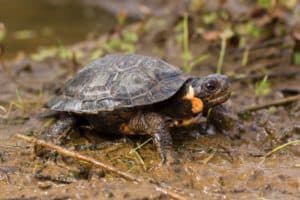
Such is the dedication of the herpetology—or “herp”—people, amphibian and reptile enthusiasts who helped create The Maryland Amphibian and Reptile Atlas, an exhaustive new survey of the state’s reptiles and amphibians. The five-year data collection project was sponsored by the Maryland Department of Natural Resources (DNR) and the Natural History Society of Maryland, but it was driven almost entirely by volunteers, more than 2,000 of them. The resulting volume, recently published by Johns Hopkins University Press, is a meticulously detailed guide, with lush color photos.
The last time anyone attempted to catalogue the range of herp species in Maryland was in 1975. And that publication drew heavily on historical sightings, including reports dating back to the early 1900s. So, prior to the atlas project, no one knew the current status of many of the state’s reptiles and amphibians. “We were actively engaged with work on rare, threatened, and endangered species in Maryland,” says Glenn Therres, associate director for the DNR’s Wildlife and Heritage Service. He helped lead the atlas project. “But no one had done a comprehensive evaluation of all the reptiles and amphibians.”
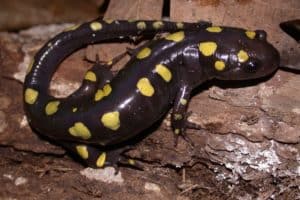
A decade ago, a group of experts in the state decided the time had come. They ran a pilot project, then hired herpetologist Heather Cunningham as project coordinator, the only funded position. Then, they began drumming up volunteers to gather the massive amounts of data they would need. They reached out to local environmental groups, started a newsletter, developed a training manual, and handpicked coordinators for all 23 counties and Baltimore City. The volunteers were scientists, amateur naturalists, and students, as well as those simply willing to take the time to report a turtle they’d seen on the way to the grocery store. “We didn’t exclude participation from anybody, and I think that’s why we were so successful,” Cunningham says.
They created a grid and made sure that each unit was equally covered despite the paucity of volunteers in more rural areas. Soon, the data started streaming in. It came in the form of audio recordings, photographs, even the occasional snakeskin. In cases of the most common species, a description sufficed. Experts verified every record, and from 2010 through 2014, the volunteers racked up an astonishing 34,910 of them.
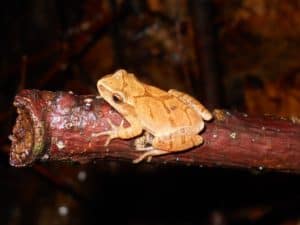
Along the way, the participants gathered nearly as many stories. A volunteer in Harford County spotted a decidedly non-native American alligator floating in a pond, one of three reported during the survey. Someone in Garrett County described a search for seal salamanders that was interrupted by a curious bear. And then there was the guy who tied roadkill to a rope and dangled it from a bridge to attract aquatic turtles. (“Don’t try this at home, folks!” Cunningham says.)
But data, of course, was the goal. The results reveal species’ distribution within the state, not population size. But now, researchers can compare current distributions to those from the 1975 publication. There were declines, particularly in urban areas like the Baltimore-Washington Corridor. But overall, the results are heartening.
“The rare species were still rare and the common species were still common,” Cunningham says. (She emphasizes that it is difficult to compare precisely because the previous publication was a summary of historic reports, not a survey.)
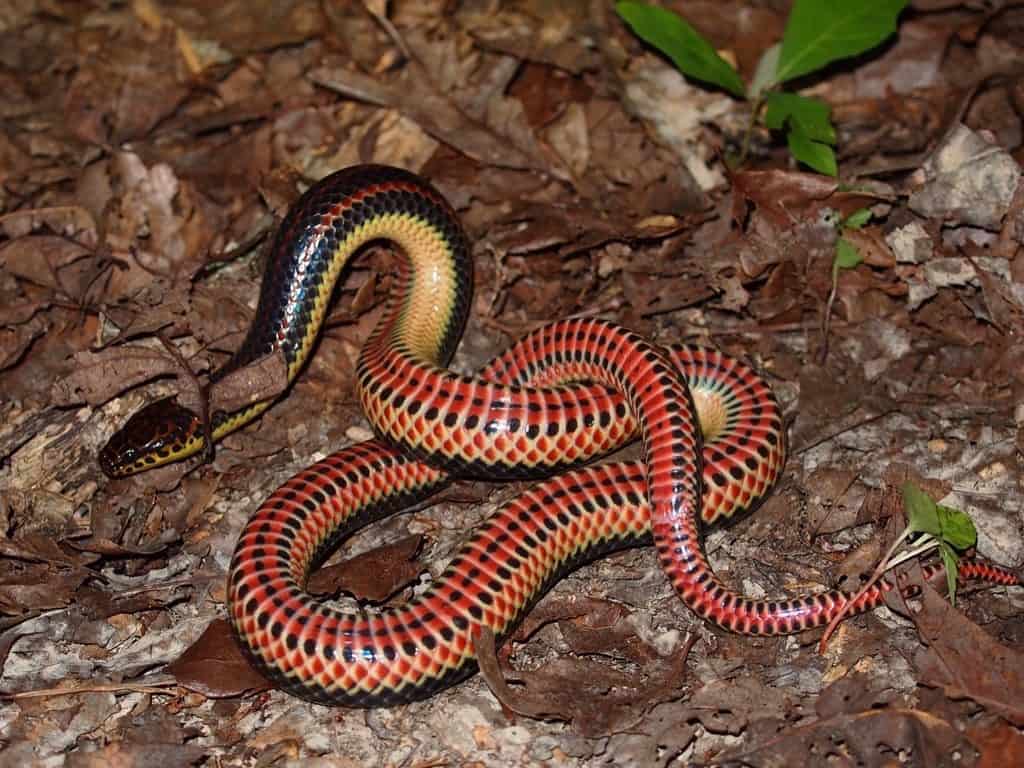
The lands surrounding the Chesapeake Bay, dubbed the Atlantic Coastal Plain, are particularly rich in reptile and amphibian species because of the diversity of habitat and the lower Eastern Shore’s many wetlands. The eastern narrow-mouthed toad was a species from the Bay region that unexpectedly gained territory. The data on another, the mud salamander, yielded a more unpleasant surprise. This red salamander with black spots was once found in numerous counties in proximity to the Bay; volunteers only found it in two this time around.
“That is a species the DNR will have to take a closer look at,” Therres says. Five species of sea turtle are found in the Bay but the atlas project did not survey for them, instead relying on reports from the Maryland Marine Mammal and Sea Turtle Stranding Network. Other studies indicate that nearly all sea turtle species are declining but the results in this particular survey were inconclusive.
The main goal of the project was to establish a baseline for future research. “Globally, amphibians and reptiles are in trouble,” Cunningham says. “And we’re in a place where we have a strong diversity of them. To conserve them, we really need an understanding of their current distribution patterns.”
“And now,” says Glenn Therres, “We have it.”
“We took a very aggressive approach to documenting distribution,” he says. “I think we really kicked butt.”

